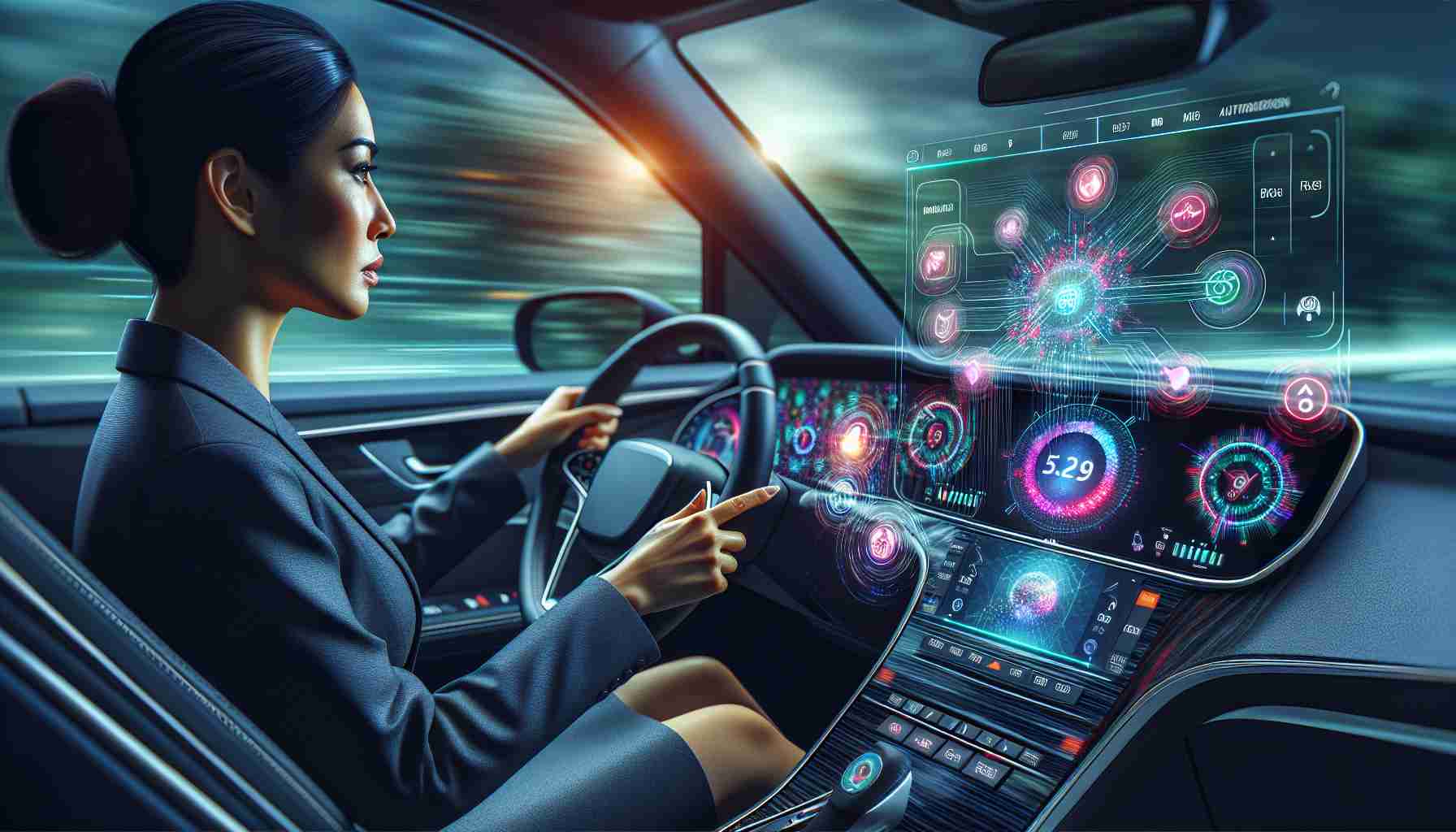The digital revolution has firmly gripped automotive design, and it shows no signs of releasing its grasp. In a significant move, Google has announced a deeper integration of apps within vehicles equipped with Android Auto or the native Google built-in system. This marks an evolution in car entertainment, signaling a shift towards more versatile and rich in-car user experiences.
Google is setting the stage for an expansive Android app ecosystem in cars, simplifying the process for developers to bring their existing apps into vehicles. The company’s product managers explained that, with minimal adjustments, apps tailored for larger screens could be adapted for automotive use. As cars increasingly resemble smartphones on wheels, users may soon access a broader array of apps right from their dashboard.
Even though the initial offering pivots towards parked entertainment, with games, video apps, and web browsers functioning only when the vehicle is stationary, Google’s roadmap hints at an ambition to broaden these offerings. Meanwhile, safety remains a paramount concern, so while stationary, drivers can enjoy select pre-installed apps like Max, Peacock, and Angry Birds, exclusively in cars with the Google built-in feature.
Rivian owners are on the cusp of streaming video content directly to their vehicles, a novel feature among car manufacturers. Yet, this high-tech amenity, along with the forthcoming app selection, demands that the vehicle be parked to ensure driver focus remains unimpeded. While the capacity of in-car games and apps might not rival that of Teslas just yet, this development could be a welcome nod to users nostalgic for old-school interfaces.
What is the significance of Google’s deeper integration of apps in vehicles equipped with Android Auto?
The significance lies in the transformation of the in-car user experience. As smartphones have become an integral part of our lives, consumers expect a seamless transition between their mobile devices and their cars. Google’s deeper app integration ensures that users can access a variety of apps through the vehicle’s dashboard, potentially mirroring the smartphone usage experience and allowing for greater connectivity and convenience while inside the car.
What are the key challenges or controversies associated with expanding in-car entertainment?
One of the most critical challenges is ensuring driver safety. As entertaining apps become available on car dashboards, there’s a risk of increased driver distraction. Companies must meticulously plan to restrict certain functionalities while the car is in motion, thus balancing innovation with safety obligations.
Additionally, there are privacy and data security concerns. With vehicles becoming more connected, the amount of data generated and potentially shared with app developers and manufacturers raises the question of who owns that data and how it will be protected.
Furthermore, there’s the issue of technology becoming outdated. Unlike smartphones that are replaced every few years, vehicles have much longer lifespans. Keeping the digital dashboard up-to-date with the latest software could be a challenge, particularly as advancements in technology continue at a rapid pace.
The digital divide might also widen, as such features are likely to be available only in new, higher-end vehicles, potentially excluding a significant portion of the population.
What are the advantages of expanding in-car entertainment?
The advantages include:
– Enhanced user experience: A more interactive and entertaining experience for passengers, particularly during long journeys or while waiting in the car.
– Convenience: Streamlined access to multimedia content and apps without needing additional devices.
– Integration with other services: Opportunity for new services tailored to the driving experience such as location-based recommendations or in-car transactions.
– Innovation opportunities: Automakers can differentiate themselves by offering unique digital experiences within the car.
What are the disadvantages of expanding in-car entertainment?
– Driver distraction: Increased risk of accidents due to driver engagement with entertainment systems.
– Obsolescence: Rapid outdating of technology, which may be difficult and costly to update.
– Data security concerns: Potential for hacking and data breaches as cars get more connected.
– Cost: Higher vehicle prices due to the integration of advanced technology.
If you are looking for more information on the broader impacts of digital dashboards in automotive design, you can visit the following link to further explore the domain:
Do note that as technologies evolve, so do domains and service offerings; ensure to verify that the link remains valid and relevant to the information sought.
